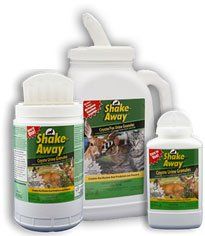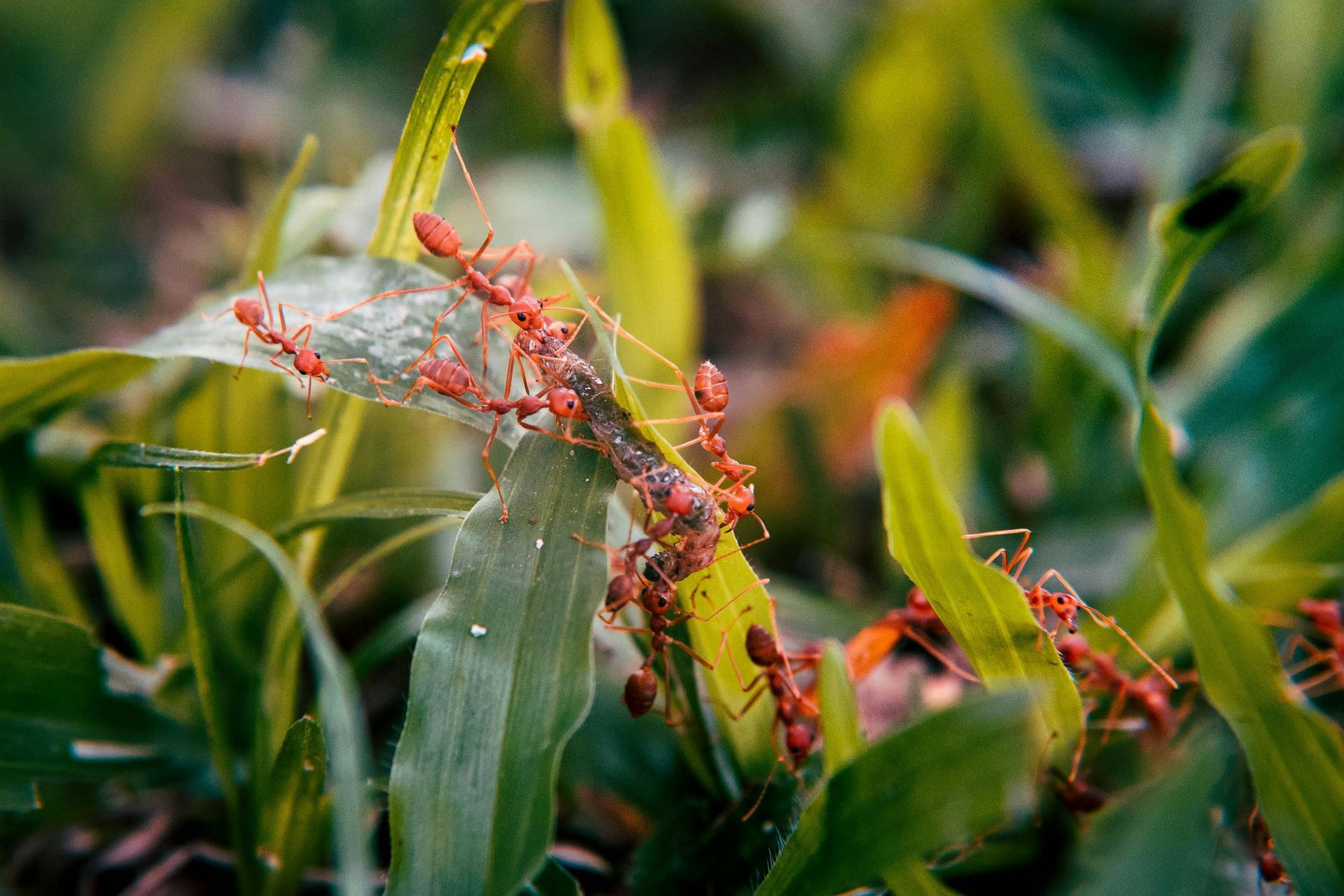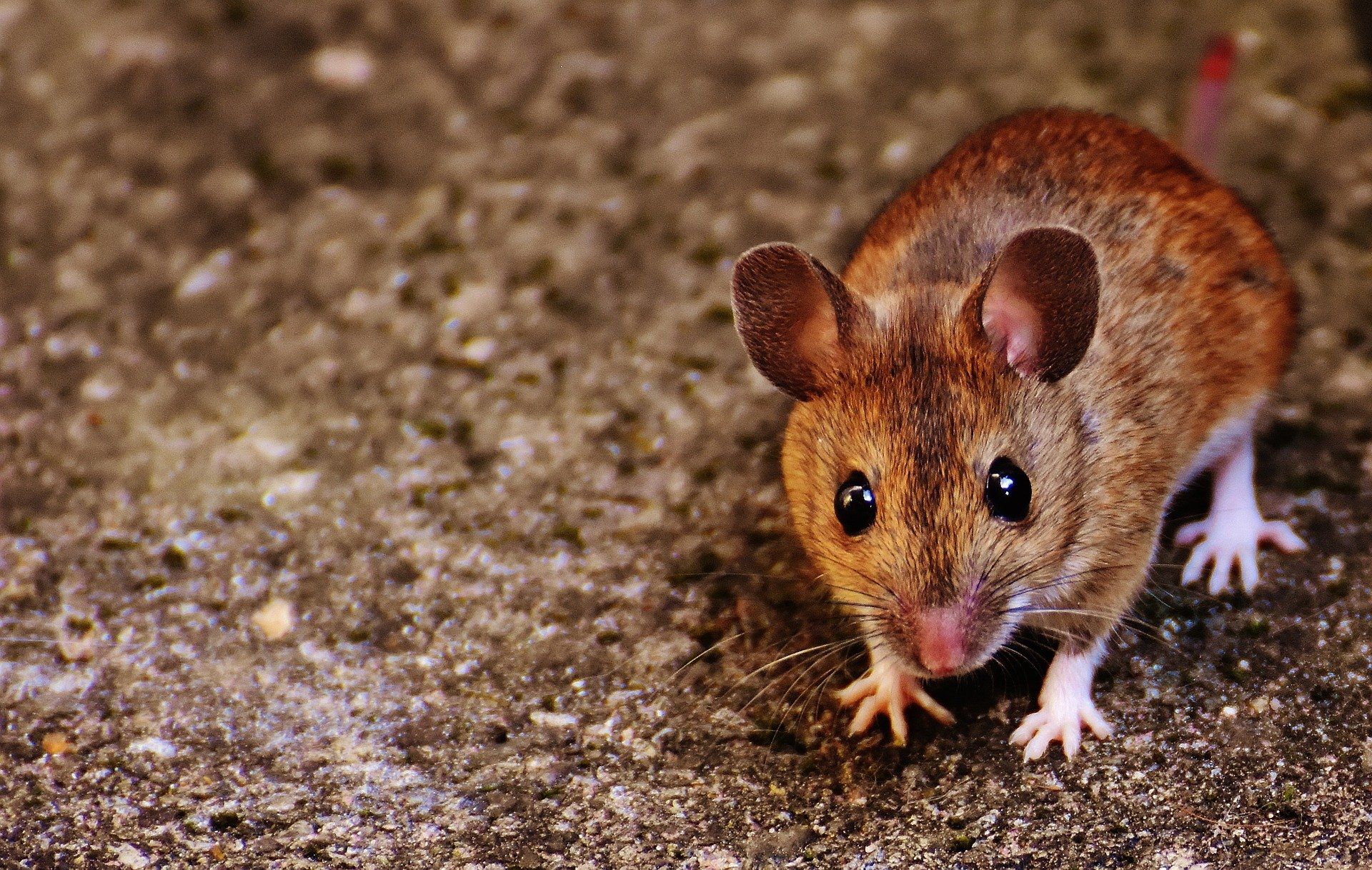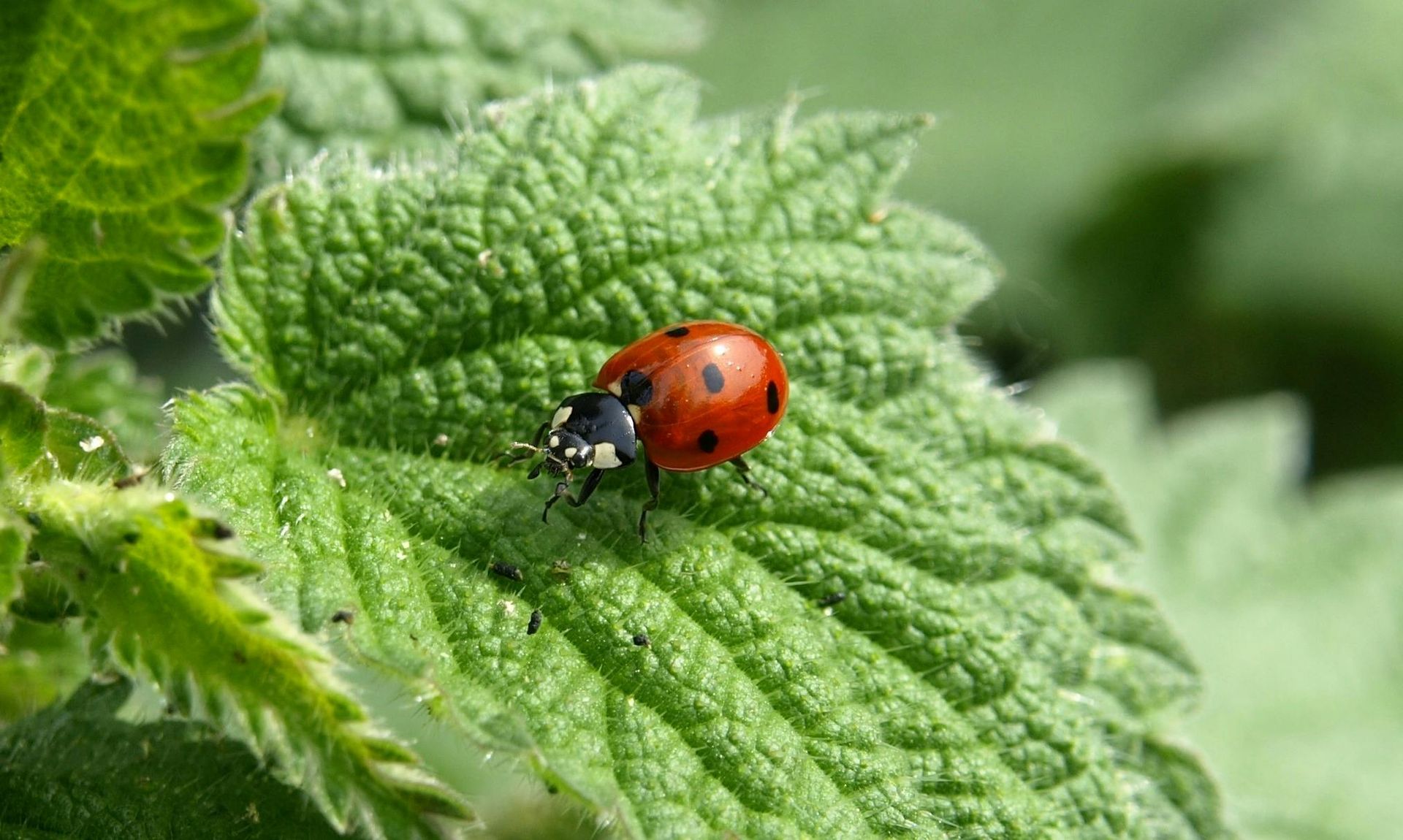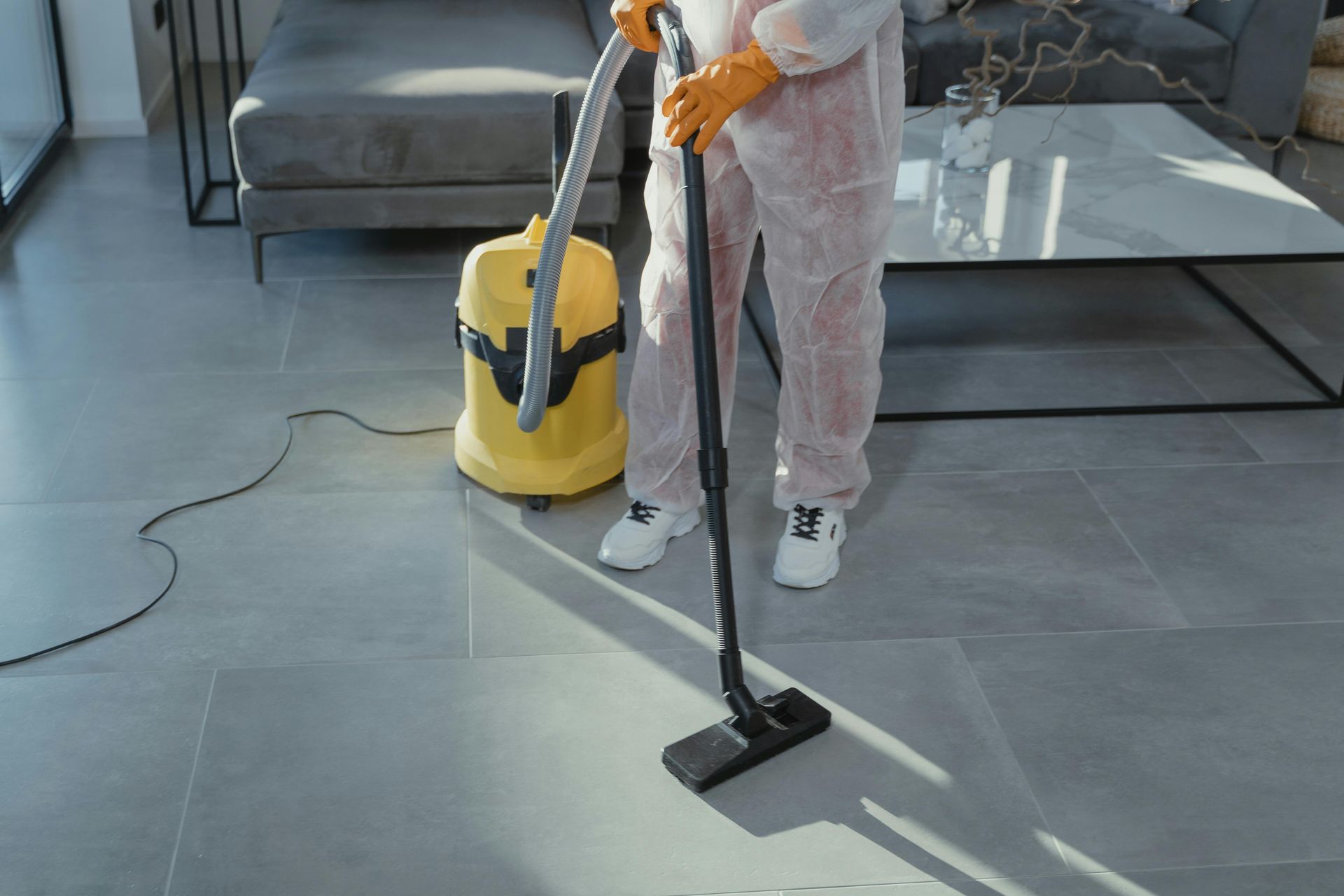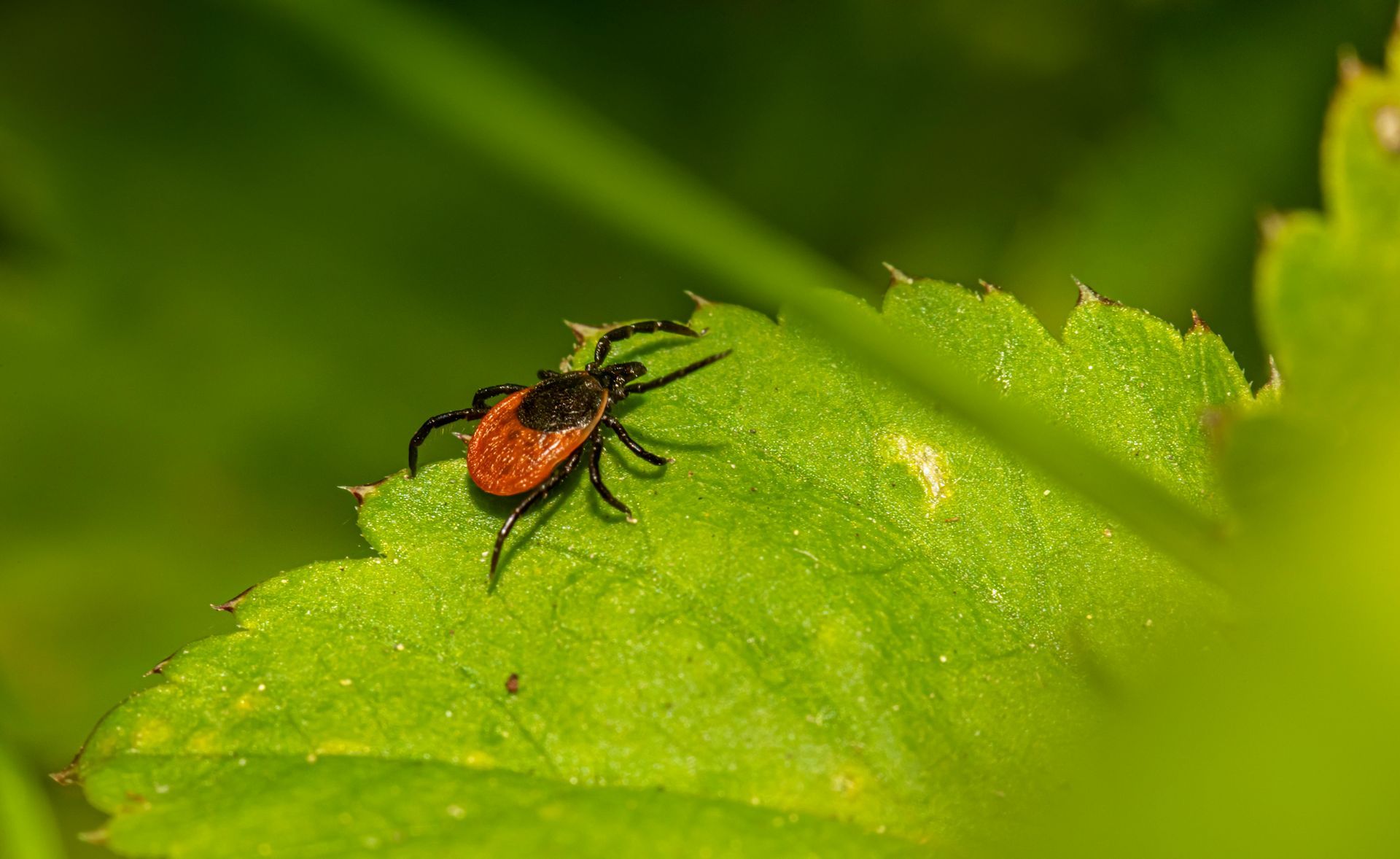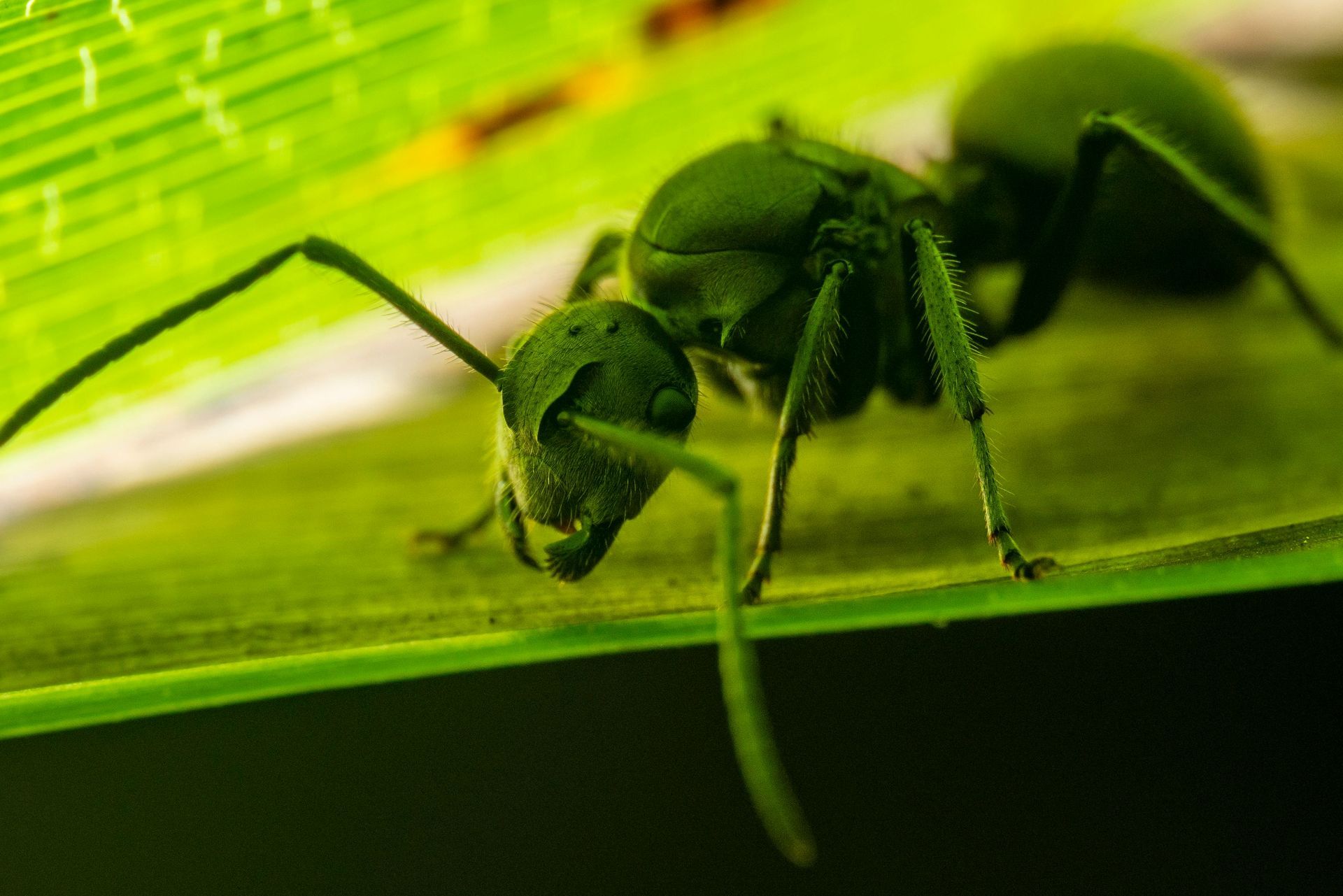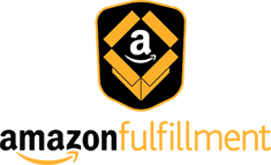Pool Season and Pest Prevention: How to Keep Summer Fun & Pest-Free
Getting Your Pool Ready for Summer? Don’t Forget to Keep Unwanted Pests Away

As the days grow longer and temperatures climb, homeowners nationwide prepare their swimming pools for summer. Skimming leaves, checking pH levels, and uncovering pool furniture become top priorities. However, pest control is one part of pool prep that often gets overlooked.
Your backyard oasis can quickly become a magnet for unwelcome guests, from raccoons and squirrels to mosquitoes, skunks, and rodents. Fortunately, there are simple and natural solutions, like Shake-Away’s pest repellents. All-natural, easy-to-use products help keep your summer pool area clean, safe, and pest-free.
Why Pools Attract Pests
Swimming pools provide everything many pests need to thrive: water, shelter, and in some cases, food. Here are some of the most common culprits:
- Mosquitoes: Standing water provides the perfect breeding grounds, even in pool covers and drains.
- Raccoons: These clever creatures are drawn to the water and may rummage through trash or pet food nearby.
- Rodents: Rats and mice are also attracted to water sources and may nest near pool houses, decks, or sheds.
- Skunks and possums: These animals may want a drink or a place to cool off.
- Squirrels and chipmunks: Although less threatening, they can cause damage to pool equipment or chew on wiring.
The key to keeping these critters at bay is proactive prevention, which starts with the right repellent strategy.
Natural Pest Protection
Keeping pests away doesn’t have to mean using harsh chemicals or expensive exterminators. Many homeowners are turning to natural, eco-friendly pest control solutions that are safe for families, pets, and the environment, while being highly effective.
One of the most trusted solutions is Shake-Away pest repellent. These products use predator scent technology - a humane and non-toxic way to repel nuisance animals. Each formula mimics the scent of a natural predator, triggering the flight response in animals like raccoons, squirrels, rabbits, rodents, and skunks. And Shake-Away is just one type of holistic natural pest prevention plan. Here are some additional methods that can enhance your outdoor pest protection this summer:
- Essential Oils: Scents like peppermint, eucalyptus, and citronella are natural deterrents for insects.
- Cedar Mulch: Not only does cedar look and smell great in landscaping, but it naturally repels insects.
- Beneficial Plants: Incorporate pest-repelling plants like lavender, marigold, rosemary, basil, and lemongrass in your garden to naturally deter bugs.
Tips for Keeping Your Pool Area Pest-Free
In addition, here are some other innovative practices to reduce pest activity:
- Eliminate standing water: Clean gutters, cover drains, and empty unused containers to prevent mosquito breeding.
- Secure trash bins: Use tight-fitting lids and store bins away from your pool area.
- Avoid leaving pet food outdoors: Food sources attract raccoons, rodents, and ants.
- Seal off entry points: inspect sheds, decks, and pool houses for gaps or holes that could serve as nesting spots.
- Trim overrown landscaping: Dense shrubs and trees offer shelter to many pests.
A Pest-Free Summer Starts Now
You’ve worked hard to create a backyard paradise - do not let pests take it over. By being proactive and using all-natural solutions, you can keep your pool area safe, clean, and enjoyable all season long. Whether it’s rodents sneaking into your shed or raccoons washing their paws in your pool, Shake-Away helps protect your property the humane way.
Critter Repellent All Natural Animal Repellent Blog


